Product Description
In this course I play and talk about solo guitar playing, using my composition for solo guitar called Blues for the Millennium as an example.
What can this product offer me?
- This course will give you many very important ideas for your own composing, arranging and improvising for solo guitar.
- You will learn many techniques and concepts that can be applied especially to jazz and blues, but also to any other style of solo guitar playing.
- This will demonstrate many examples of harmonic. rhythmic and textural ways for developing and unifying a solo piece.
Who is this for?
- For Jazz, Blues, Classical guitarists and more.
- This course is designed to help ANY guitarist who wants to develop their own solo guitar music and performing.
- For advanced students – an experienced foundation and background in guitar and theory is strongly suggested
Lecture list
|
Lecture series 1: Starting slow, keeping the mood and building
|
11:53 | |||
| Lecture 1 | 2:43 | |||
| I play the first chorus and we look at the “call and response” quality of the piece, thinking about bringing out two different instrument “sounds”. | ||||
| Lecture 2 | 1:57 | |||
| I demonstrate a blues with a more traditional solo jazz guitar approach, where the lines are more closely connected to the chords, and compare it to using a “piano style” of thinking to open up the approach to the guitar for composing, arraigning and improvising. | ||||
| Lecture 3 | 2:32 | |||
| Seeing the two “voices” of the call and response melody, bass and treble, and looking at these exact parts. I talk about the relative freedom of the bass part contrasted with the 6ths in the treble part which are “composed”. Then a look at the structure of the unusual chords which end this chorus. | ||||
| Lecture 4 | 1:41 | |||
| Here you will see the development that comes in the second chorus. A more active bass melody and just a little more chord movement keeps the “mood” of the tune but allows it to grow. | ||||
| Lecture 5 | 2:58 | |||
| Moving into a solo section while keeping the mood and flavor of the tune. The bass grows out of its melody into actual soloing, but still answered by 6ths above. I talk about how certain notes in the solo could be planned. So, even in the “improvisation” section, arranging can play a big role. | ||||
|
Lecture series 2: Developing, changing keys, but keeping the feeling
|
11:36 | |||
| Lecture 6 | 2:31 | |||
| Just like the melody, the bass solo is two choruses long and gets more active in the second one. Also, to help think like a bass player, I use only the bottom four strings for the solo. At the end of this chorus a big “modulation” chord is played that will bring the music to the key of Bb. | ||||
| Lecture 7 | 2:30 | |||
| Taking apart the new chord and looking at it two ways. A note about how important a key change can be as a composing/arranging tool — and the importance of listening. | ||||
| Lecture 8 | 3:00 | |||
| Here the call and response idea is continued but reversed. We’ll look close at chords used for the high melody “call” and a variation of the “response” chord which adds even more color. | ||||
| Lecture 9 | 1:53 | |||
| Seeing the structures for all of the chords in the next 4 bar section, again looking for a strong sound for the “response” chord. | ||||
| Lecture 10 | 1:41 | |||
| Another chord variation, leading from the IV chord back to I. An example of how you can use the sounds from the every note in the diminished scale to build new chord sounds. We’ll look this idea in more detail in the next lesson. | ||||
|
Lecture series 3: The turnaround and a new solo
|
11:20 | |||
| Lecture 11 | 2:19 | |||
| The last 4 bars of this chorus ends with a turnaround ( III-VI-II-V – all 7th chords ). You’ll learn a lot of strong colorful sounds that you can add to dominant 7th chord. | ||||
| Lecture 12 | 2:53 | |||
| Talking about those sounds in the turnaround, that they are all from the diminished scale. Then the melody comes back home on Bb, but with 3 other chords, all very low major triads, played under that note. Pthatlus some artificial harmonics bringing out a few more “diminished” colors at the end. | ||||
| Lecture 13 | 2:11 | |||
| Finishing that chorus, the next one begins with the same “calls”, but the answers now are solo lines played in the high register. So, even the though solo has started, the arrangement keeps the feeling of the tune with the high melody idea. | ||||
| Lecture 14 | 1:58 | |||
| I play an example of this new chorus, and also talk about the variations of the turnaround chords that I used this time ( still using “diminished” colors ). | ||||
| Lecture 15 | 1:58 | |||
| Looking in detail at this turnaround variation, which uses tritone subs and 6ths from the diminished scale. We spend a lot of time on these sounds because they are very rich in possibilities. | ||||
|
Lecture series 4: Developing the high solo
|
10:36 | |||
| Lecture 16 | 2:47 | |||
| The 3rd chorus in Bb starts again with the “call and response” idea, and this time the “call” is with the very low chords, continuing from the ones that ended the chorus just before. So the feeling of the music from the very beginning is kept by using that device. | ||||
| Lecture 17 | 2:33 | |||
| Thinking “like a piano”, certain parts of the solo can be more or less worked out. You see how I did that for the turnaround on this chorus. This again helps the keep the unified feeling of the arrangement. | ||||
| Lecture 18 | 2:56 | |||
| Talking about improvising, but still finding ways keeping the feeling of the what has come before. I demonstrate a bit and talk about these all of these ideas. | ||||
| Lecture 19 | 2:18 | |||
| Herre is an example of a complete solo chorus, with it’s own particular set of chords. After that some thoughts about how to handle “mistakes”, and the importance of staying in tim even when that happens. | ||||
|
Lecture series 5: More about improvising and finishing the tune
|
10:14 | |||
| Lecture 20 | 2:38 | |||
| Here I talk about recording yourself as a part of your practice routine. This is a very effective way to put yourself in a “performance” situation during your practice, and then you can come back later and objectively look at all the details of your playing. | ||||
| Lecture 21 | 2:37 | |||
| Finding simple melodic and rhythmic ideas in your lines and developing them is an important part being able to “tell a story” when you’re improvising. Here I talk about that idea and how important it is in music, whether composing, arranging or improvising. | ||||
| Lecture 22 | 2:27 | |||
| Here is an example of a simple melodic and rhythmic idea that is used to go through the whole chord progression of this tune. | ||||
| Lecture 23 | 2:30 | |||
| Talking here about the process of adding new ideas to your own “vocabulary” – so that you can develop your own musical “language”. This starts with working out exact ideas that sound and feel good to you to play. Over time you will absorb these ideas so well that you can use them in new variations each time. | ||||
|
Lecture series 6: Developing chords, and finishing the tune
|
9:46 | |||
| Lecture 24 | 2:29 | |||
| Here is a very useful concept for discovering new ways to play any chord. By building them up from any of the fundamental parts ( Root, 3rd, 5th or 7th ), and in any direction across the neck, you will learn how to capture chord sounds, and create new ones, wherever your hand is on the neck of the guitar. | ||||
| Lecture 25 | 2:36 | |||
| The same concept works in reverse. So here you’ll look at building the chords from the top note down, and in any direction as you build notes under them. Again this gives you more choices to choose from. | ||||
| Lecture 26 | 2:07 | |||
| At the end of the solo I come back to the Bb melody. I use the same 3 chord “call”, but alternate the “response” ideas between the low chords and high improvised phrases. This uses the full range of the guitar and is the high energy point of the arrangement. | ||||
| Lecture 27 | 2:32 | |||
| After the strong Bb chorus I end the tune where its started, back in the calmer G major blues. A simple bassline brings it back, the G blues returns like the beginning, and I end it with a turnaround using pairs of notes alternating between the top strings to the bottom, again keeping in the mood of the tune right to the end. | ||||
Curriculum
Instructor Biography
Paul Meyers has gained a reputation as one of the top jazz guitarists of our time. With an original technique on the classical guitar he has combined a deep understanding of the jazz tradition with strong influences of Brazilian, Latin and classical music to create a truly unique sound and concept.
Paul has performed and recorded with an ever growing list of jazz greats – Geri Allen, Karrin Allyson, Kenny Barron, Bruce Barth, Ron Carter, Eliane Elias, Eddie Gomez, Jovino Santos Neto, Rufus Reid, Claudio Roditi, Annie Ross and David Sanchez to name a few. He’s also toured worldwide for many years with two of the greatest jazz singers ever – Jon Hendricks (since 1993) and Andy Bey (from 1997 to 2008). Paul performed in Argentina and the US with vibraphonist Gary Burton, who recorded Paul’s tune Panama on his “Reunion” CD with Pat Metheny.
Others include Brasil & Company, an all Brazilian CD with the great vocalist Vera Mara, and Euforia, an envelope pushing Latin Jazz trio with great Panamanian bassist/composer Santi Debriano and Brazilian drummer Vanderlei Pereira. Paul and Santi also reunited for a duo CD, Spirit and Samba. Earlier recordings include the unigue cello, bass and guitar ensemble Trio Concertant, first runner-up for best chamber music CD of 1992, and a jazz trio album, Blues for Henry Miller.
As a sideman: Paul has contributed to many CDs, notably three with Andy Bey – the Grammy nominated American Song, Tuesdays in Chinatown and Shades of Bey. He toured with the great Argentinian pianist/composer Pablo Zeigler, who featured Paul along with Stephon Harris on the live CD Tango meets Jazz. Others include Hearts and Minds with Susannah McCorkle, 4 on 6 x 5 with the New York Jazz Guitar Ensemble and three Latin/Brazilian jazz recordings featuring all original music – Obeah with Santi Debriano, Utatuba with Kimson Plaut and Lucky with Hans Teuber. As a performer he has been in great demand as a sideman in New York and on tour.
As an educator and clinician: Paul has taught master classes and workshops in many places including Argentina, Hawaii, Alaska and Ottawa. The Director of the Seattle Jazz Guitar Society, Micheal Biller, said:”The other side of Paul Meyers is as a teacher|clinician. Mr. Meyers has a unique ability to approach highly complex musical subjects and present each component in a practical yet multi-faceted way that allows participants to begin playing portions at tonight’s gig, jam session or rehearsal…while perfecting the premise over a lifetime.”
Paul teaches jazz guitar, improvisation and coaches jazz and Brazilian ensembles at William Patterson University (since 1988) and at New Jersey City University (since 1993), and he also taught at the first year of the Jazz for Teens program at NJPAC in Newark.
Testimonies and Quotes
“…one of the most eloquent jazz guitarists since Kenny Burrell…”
“With his gleaming tone, assured rhythmic stance and rich sense of melody, PaulMeyers makes a very persuasive guitarist.”
“First of all, Paul Meyers is a brilliant musician, but most of all he has a broad
musical concept. He has such great sensitivity where you can feel the music
coming out of his guitar and not just hear the notes. I know this will continue to
serve him well, always.”

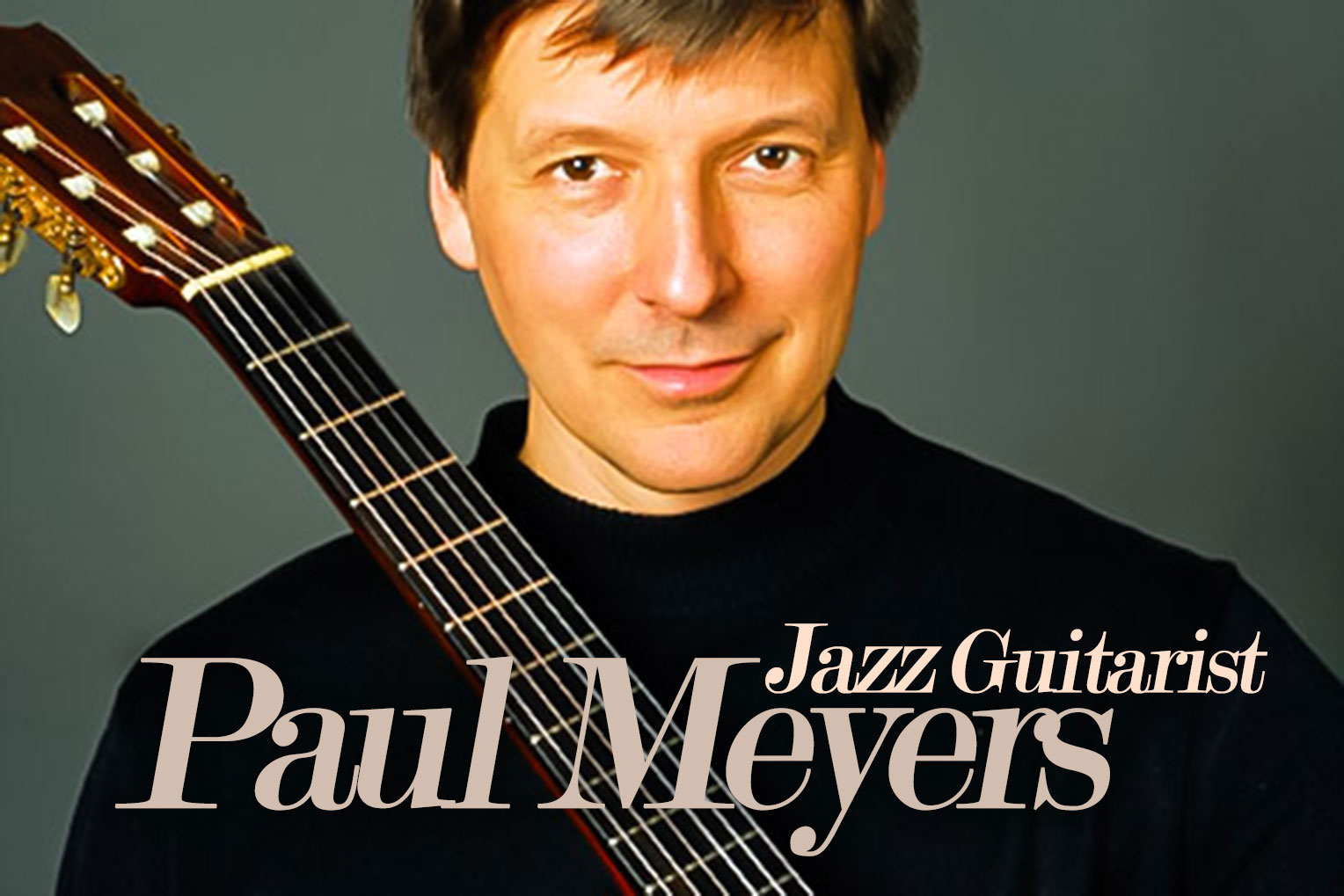
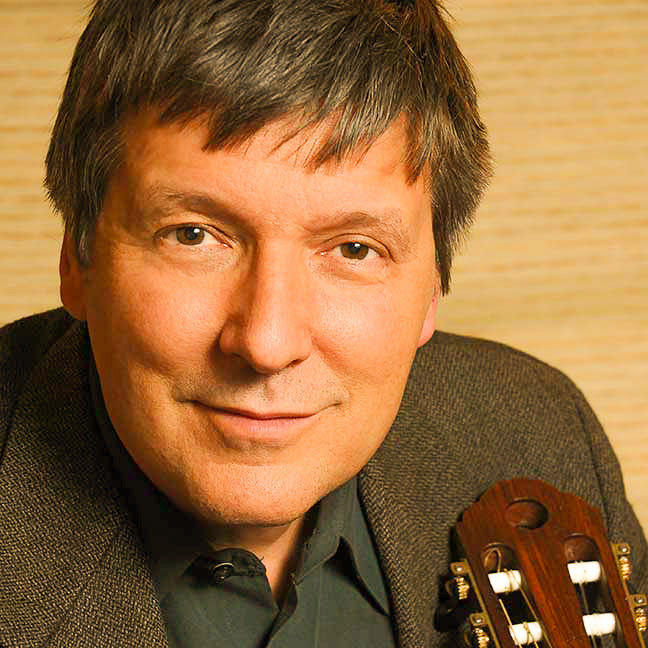
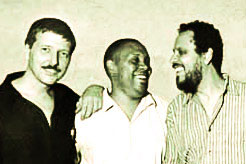
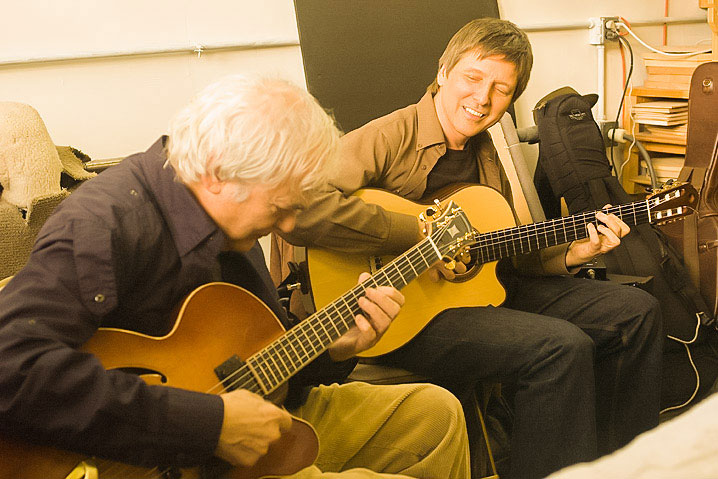
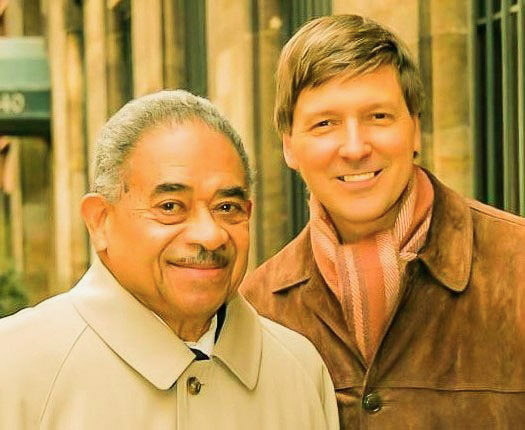
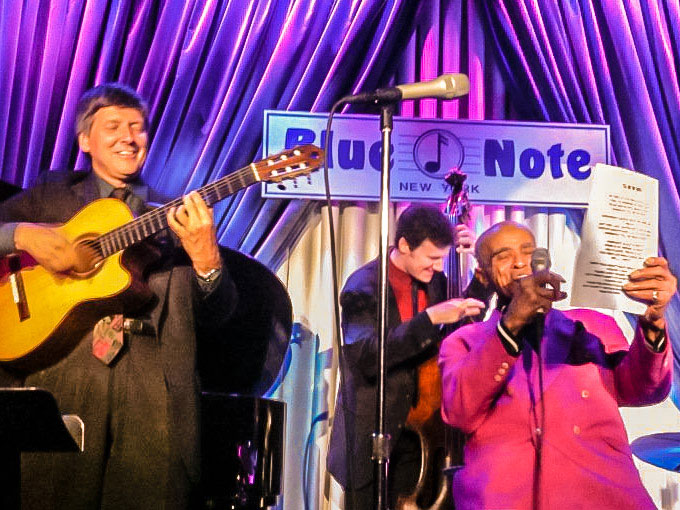
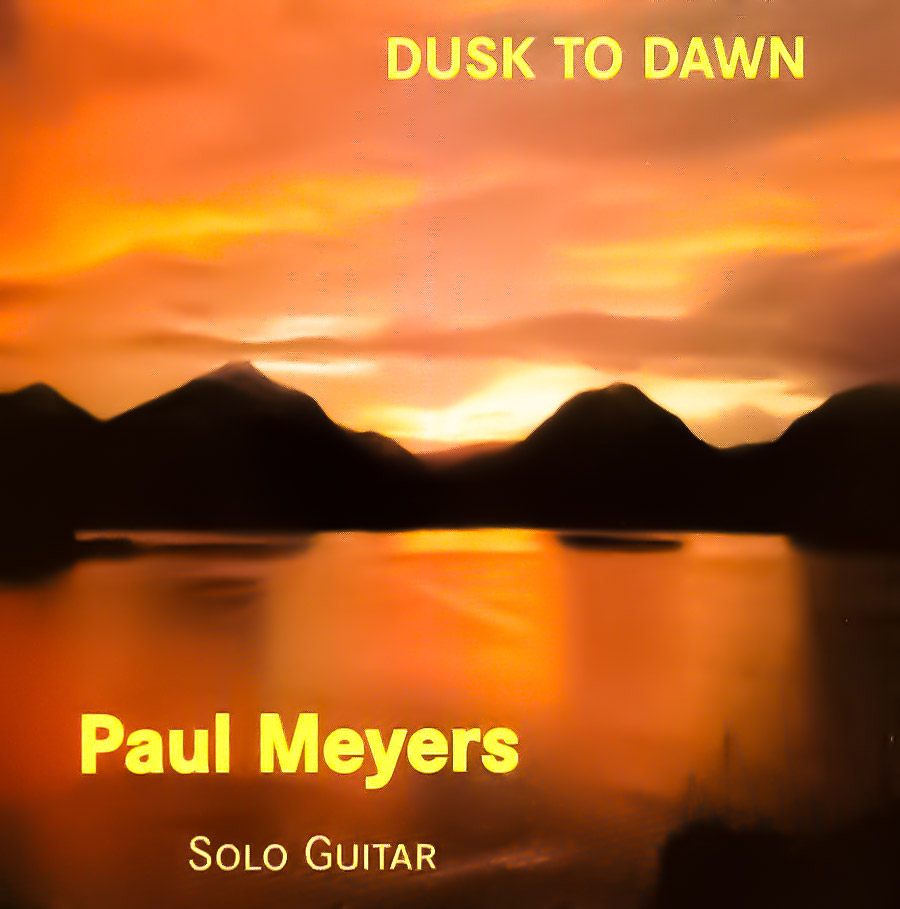
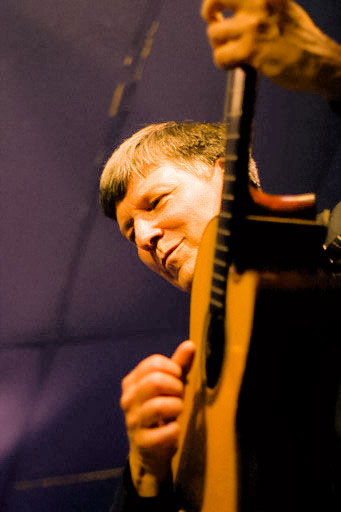

Related courses students viewed
product-display-enrolled-set


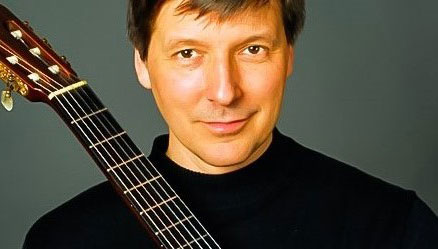
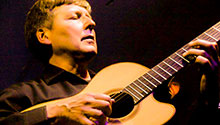
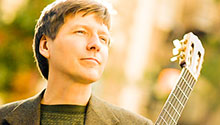
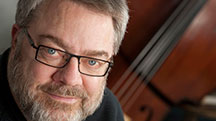
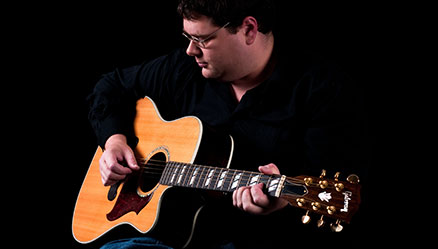
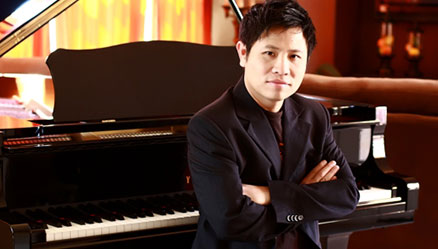
Solo Guitar Course – Blues For The Millennium